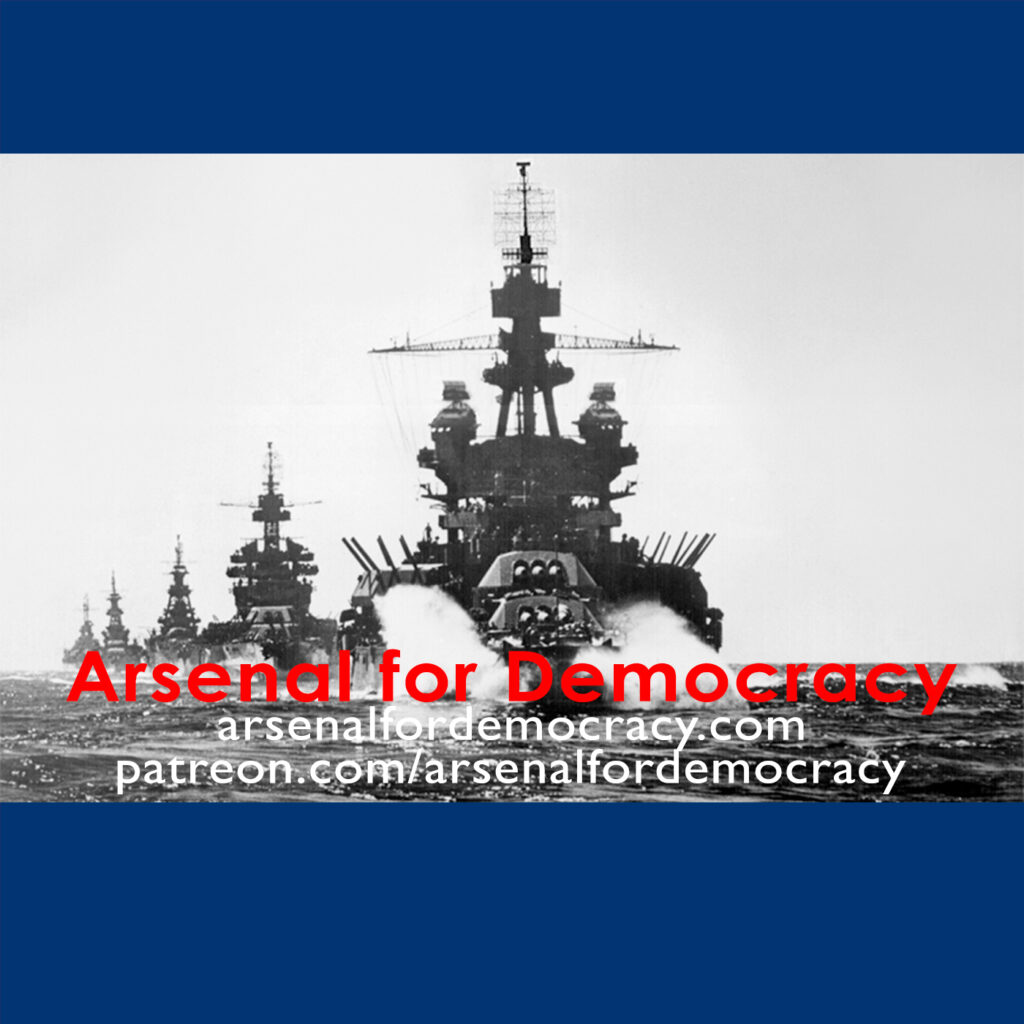A challenge to the conventional wisdom (excerpted here):
…highway engineers apply the same logic to the design of city streets, where people behave in an entirely different way. On city streets, most drivers ignore posted speed limits, and instead drive the speed at which they feel safe. That speed is set by the cues provided by the environment. Are there other cars near me? Is an intersection approaching? Can I see around that corner? Are there trees and buildings near the road? Are there people walking or biking nearby? And: How wide is my lane?
All of these factors matter, and others, too. The simplest one to discuss, and probably the most impactful, is lane width. When lanes are built too wide, many bad things happen. In a sentence: pedestrians are forced to walk further across streets on which cars are moving too fast and bikes don’t fit.
[…]
A number of studies have been completed that blame wider lanes for an epidemic of vehicular carnage. One of them, presented by Rutgers professor Robert Noland at the 80th annual meeting of the Transportation Research Board, determined that increased lane widths could be blamed for approximately 900 additional traffic fatalities per year.
According to the research and theory presented in the article — and he says he was unable to find any studies with findings to support the existing trend or official government and industry guidelines — you’re actually safer in narrow-lane city streets environment than one with wide lanes because it forces everyone to reduce their speed slightly and remain aware that they have less margin for error. In other words, it’s more about reducing overconfidence that leads to sloppy driving and crashes, instead of trying to move everyone away from everyone and everything else.



